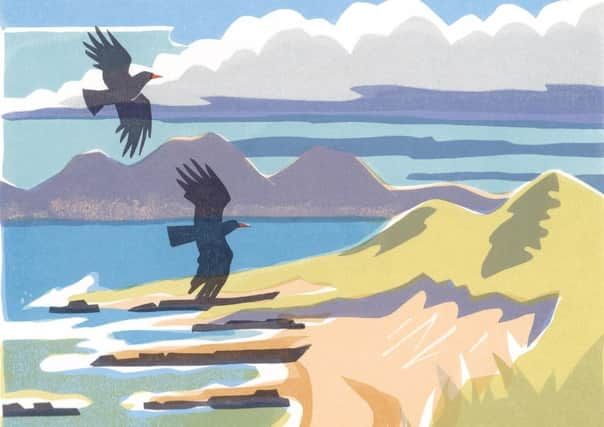Book review: Wild Island: A Year In The Hebrides by Jane Smith


Wild Island: A Year In The Hebrides by Jane Smith | Birlinn, £20
What this book makes clear, however, is that Oronsay has another string to its bow as a carefully managed wildlife habitat. With a human population of just six but an avian population of thousands, the island is now farmed by the RSPB using traditional techniques that allow species of birds to flourish that are rapidly dying out elsewhere in the UK. Emblematic of this is the corncrake: in the 19th century Lord Cockburn reported hearing their “ceaseless” calls in Edinburgh’s Charlotte Square, and in 1900 they were still present in every county in Britain; these days, however, due to changing farming practices, these peculiar, characterful birds are confined to the far north-west, and Colonsay and Oronsay are key to their survival, sustaining 87 calling males at the last count.
Advertisement
Hide AdAdvertisement
Hide AdJane Smith first made a name for herself as an Emmy-winning wildlife filmmaker for the BBC Natural History Unit and National Geographic. Now, though, she communicates her passion for the natural world through her art and her writing, and Wild Island is a highly atmospheric combination of both. Made during a series of visits to Oronsay RSPB workers Mike and Val Peacock at different times of year, it paints a vivid picture of a place where nature is able to thrive in all its dazzling intricacy, from Painted Lady butterflies arriving in great waves from Africa and hermit crabs and sea anemones teaming up to ward off predators, all the way up the food chain to razorbills, otters and grey seals.
Describing her usual modus operandi, Smith explains how she often captures the essence of a scene in a quick sketch out in the field, before returning to her studio to work up “more considered” pieces of work, frequently monoprints or screenprints. Wild Island is lavishly illustrated with examples of both, setting up some interesting conversations between the two styles, but perhaps the most memorable images are to be found in her writing. One description of an Arcadian mid-May evening on Colonsay in particular, all swooping swallows, rasping corncrakes, shimmering bluebells and glowing, back-lit leaves, is the next-best thing to being there.